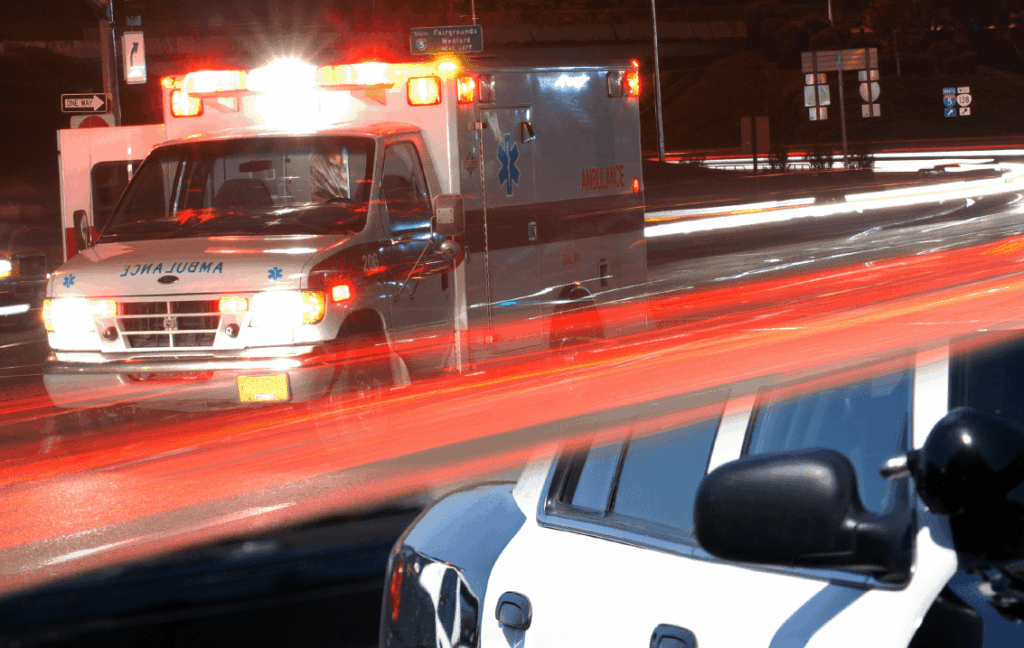
At NAMI, we understand that violent tragedies make the news for a reason—they shake the foundations of what people believe about their communities. People start to wonder: Are our children safe in schools? Are we as moviegoers safe eating our popcorn and candy? While the actual risk that someone will experience one of these events is very small, our collective fear is immense.
When an incident of horrific violence occurs, people speculate about the motivations of the perpetrator. Sometimes there are no easy answers. Even when we do have some answers, they often do not bring healing to a community affected by violence.
We need a new approach. We may never know the motive of a perpetrator of violence, but we know they rarely have to do with mental illness. We should instead concentrate on the things we know to be true: When a violent tragedy occurs, it affects the mental health of an entire community—victims, their families, neighbors, healthcare providers, first responders, reporters and everyone following the news reports. These people are left to wonder if they are still safe in their community. Long after physical wounds have healed, those closest to the violence may experience the effects of trauma through PTSD, depression, alcohol abuse and suicide—especially if their mental health needs go unaddressed.
Exploring these difficult truths and looking for a path forward for communities affected by tragedy has been the focus of my work at NAMI the last two years. In April 2014, I met with Michael Kehoe, then the chief of police of Newtown, Conn., where the Sandy Hook Elementary school shooting cost the lives of 26 children and educators. NAMI was asked by the Office of Community Oriented Policing (COPS) at the U.S. Department of Justice to find a way to serve the mental health needs of the Newtown Police Department.
Naïve about the potential impact of trauma on a whole community, I was surprised to learn that Newtown had made a 15-year community wellness plan—to follow the youngest children at the community’s schools through high school graduation. Chief Kehoe was confident that the community had enough resources to provide mental health services to officers. What he didn’t have was a roadmap for handling these events and the long aftermath.
Working with Chief Kehoe, NAMI gathered an expert advisory group that was the first of its kind: police chiefs who had managed the aftermath of a mass shooting and mental health professionals who had worked with these police departments. We asked them what they wish they had known before tragedy struck their community, and what they would pass along to fellow chiefs about protecting officer mental health in these situations.
Their responses demonstrate both the depth of anguish that first responders can experience in the face of violence and how closely their well-being is tied to the broader community. The chiefs talked about their primary responsibilities to serve the victims’ families and the survivors and to ensure a just prosecution. They emphasized that many officers are so dedicated to their jobs and serving their community that they often refused to take time off to recover. They discussed the media and how the pervasive coverage made it impossible for officers and the broader community to heal. They spoke about PTSD, suicide, alcohol abuse and how officers quit because they could not continue to do a job where they might face this sort of violence again.
While our work on officer mental health after tragic incidents reveals very unique challenges that police face, it also tells us something we at NAMI are reminded of every day: Mental health conditions affect everyone. Stigma, and the fear of seeking help, affects people throughout society—including people who are strong and resourceful. Police officers are part of our NAMI community, and we must not overlook their mental health.
Today, the conversation about violent incidents can be much richer if we ask: How can we help the community heal? How can we work with the media to get out the information that can help the community recover? How can we prepare for the anniversaries, trials and inevitable reminders of the event? How can we make something good come out of tragedy?
When we help communities heal, we can keep everyone safe—not just police officers but the communities they serve. We are in this together.
To learn more, read NAMI’s report, released today: Preparing for the Unimaginable: How chiefs can safeguard officer mental health before and after mass casualty events.

